The automotive market is constantly evolving, with manufacturers race to innovate and produce cars that balance performance, design, and practicality. In this comparison, we delve into two noteworthy contenders: the MG HS and the Dacia Bigster. Both SUVs offer distinct features and specifications, appealing to different tastes and needs among consumers.
MG HS vs Dacia Bigster – Differences & prices compared
Design and Dimensions
The MG HS, with its sleek and modern styling, boasts a length of 4655 mm and a width of 1890 mm. This spacious exterior is complemented by a height of 1664 mm, providing a commanding presence on the road. On the other hand, the Dacia Bigster measures 4570 mm in length and 1813 mm in width, standing slightly taller at 1705 mm. Although the Bigster has a compact design, its boxy shape offers ample headroom and cargo space, making it a practical choice for families.
Performance and Powertrain
When it comes to performance, the MG HS stands out with various engine options. It offers both petrol and plug-in hybrid configurations, with horsepower ranging from 170 to a robust 272 HP. The HS also delivers impressive torque figures of up to 350 Nm and acceleration from 0 to 100 km/h in as little as 6.8 seconds. In contrast, the Dacia Bigster operates with a range of petrol, mild-hybrid, and LPG engines, producing between 130 and 155 HP. Its acceleration from 0 to 100 km/h varies from 9.7 to 11.2 seconds, which, while less vigorous than the HS, still presents a capable performance for daily driving.
Fuel Efficiency and Environmental Impact
Fuel efficiency is a crucial consideration for many buyers. The MG HS records a fuel consumption of approximately 7.4 L/100 km for its petrol versions and an extremely low 0.5 L/100 km for the plug-in hybrid variant, achieving a CO2 emission rating between 168 to 173 g/km. Conversely, the Dacia Bigster impresses prospective drivers with a more economical range, consuming as little as 4.7 L/100 km in its most efficient configurations and showcasing CO2 emissions of just 106 g/km. This unmistakably positions it as a greener option compared to its MG rival.
Interior and Comfort Features
Inside, the MG HS offers a refined cabin experience, equipped to seat up to five passengers comfortably. The trunk capacity of the HS varies between 441 to 507 liters, allowing flexibility for cargo. The Dacia Bigster, however, takes the lead in interior space with a trunk capacity ranging from 546 to an impressive 667 liters, catering to the needs of larger families or those who frequently transport goods. Both vehicles come with modern amenities and smart technology, although the HS may appeal more to tech-savvy buyers with its advanced infotainment system.
Safety and Advanced Features
The MG HS comes fortified with numerous safety features, including adaptive cruise control, lane-keeping assist, and a comprehensive suite of airbags. Dacia’s Bigster also emphasizes safety with its robust structure and features like automatic emergency braking. In terms of driver assistance technologies, the HS may have more advanced options, making it a great choice for those prioritizing a high-tech safety suite.
Conclusion
In conclusion, the comparison between the MG HS and the Dacia Bigster highlights two distinct approaches to the SUV market. The MG HS leans towards performance and tech-savvy features, appealing to drivers looking for an engaging driving experience and modern aesthetics. In contrast, the Dacia Bigster emphasizes practicality, fuel efficiency, and space, making it well-suited for those prioritizing family needs and economical driving. Ultimately, prospective buyers should consider their preferences and requirements to make an informed decision that best fits their lifestyle.
Here’s where it gets real: The technical differences in detail
Who comes out on top?
Overall, the Dacia Bigster shows itself to be barely ahead and secures the title of DriveDuel Champion.
It convinces with the more balanced overall package and proves to be the more versatile choice for everyday use.
 @ Dacia / Renault Group Media
@ Dacia / Renault Group Media
Dacia Bigster
MG HS
The MG HS looks sharper than its price tag suggests, pairing bold styling with a roomy, well-finished cabin that feels more upscale than you’d expect. It’s a sensible, well-equipped compact SUV that gives mainstream rivals a run for their money and adds enough personality to make everyday driving enjoyable.
details @ MG Motor / SAIC Motor Corporation
@ MG Motor / SAIC Motor Corporation
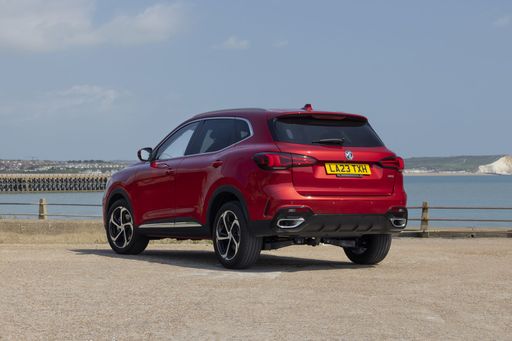 @ MG Motor / SAIC Motor Corporation
@ MG Motor / SAIC Motor Corporation
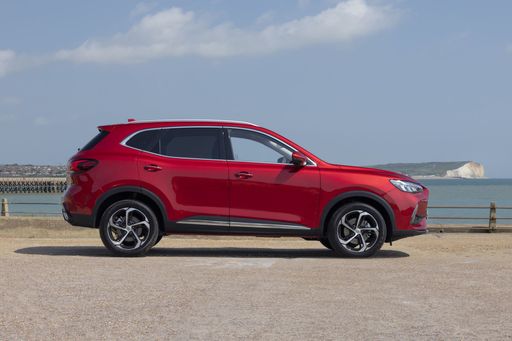 @ MG Motor / SAIC Motor Corporation
@ MG Motor / SAIC Motor Corporation
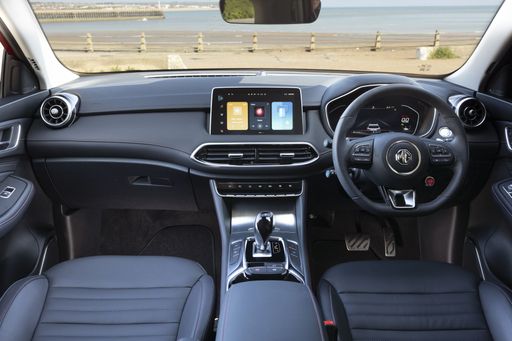 @ MG Motor / SAIC Motor Corporation
@ MG Motor / SAIC Motor Corporation
Dacia Bigster
The Bigster is poised to redefine the SUV segment with its bold design and spacious interior, catering to the needs of both families and adventure seekers alike. Emphasizing sustainability and practicality, this model reflects a modern approach to automotive engineering, making it a compelling choice for environmentally conscious drivers. With its striking presence on the road, the Bigster not only captures attention but also embodies a new era of versatile mobility.
details @ Dacia / Renault Group Media
@ Dacia / Renault Group Media
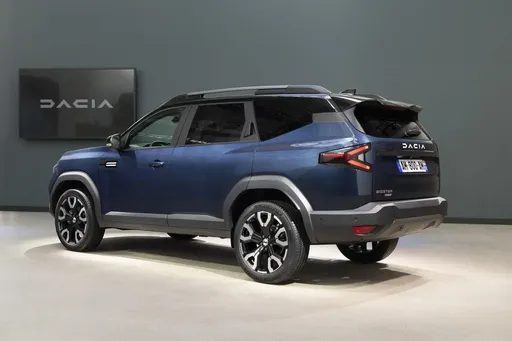 @ Dacia / Renault Group Media
@ Dacia / Renault Group Media
 @ Dacia / Renault Group Media
@ Dacia / Renault Group Media
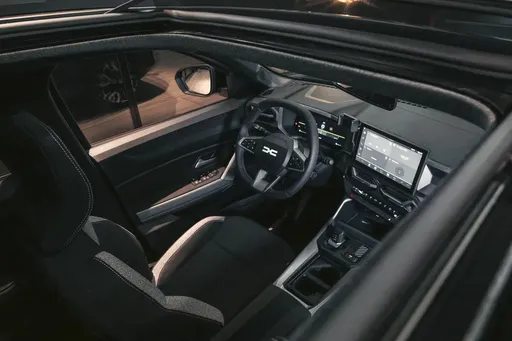 @ Dacia / Renault Group Media
@ Dacia / Renault Group Media
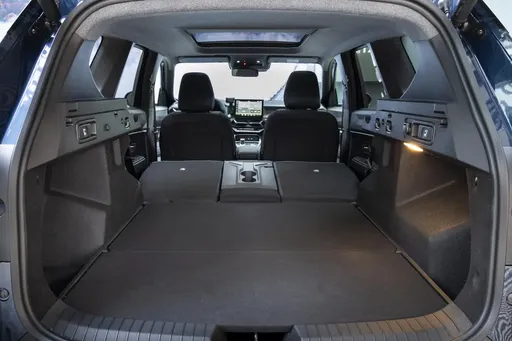 @ Dacia / Renault Group Media
@ Dacia / Renault Group Media
 @ MG Motor / SAIC Motor Corporation
@ MG Motor / SAIC Motor Corporation
|
 @ Dacia / Renault Group Media
@ Dacia / Renault Group Media
|
|
|
|
Costs and Consumption |
|
|---|---|
|
Price
-
|
Price
20600 - 26600 £
|
|
Consumption L/100km
-
|
Consumption L/100km
4.7 - 7.1 L
|
|
Consumption kWh/100km
-
|
Consumption kWh/100km
-
|
|
Electric Range
-
|
Electric Range
-
|
|
Battery Capacity
-
|
Battery Capacity
-
|
|
co2
-
|
co2
106 - 137 g/km
|
|
Fuel tank capacity
-
|
Fuel tank capacity
50 - 55 L
|
Dimensions and Body |
|
|---|---|
|
Body Type
-
|
Body Type
SUV
|
|
Seats
-
|
Seats
5
|
|
Doors
-
|
Doors
5
|
|
Curb weight
-
|
Curb weight
1425 - 1547 kg
|
|
Trunk capacity
-
|
Trunk capacity
510 - 667 L
|
|
Length
-
|
Length
4570 mm
|
|
Width
-
|
Width
1813 mm
|
|
Height
-
|
Height
1705 mm
|
|
Max trunk capacity
-
|
Max trunk capacity
1813 - 1937 L
|
|
Payload
-
|
Payload
383 - 467 kg
|
Engine and Performance |
|
|---|---|
|
Engine Type
-
|
Engine Type
Petrol MHEV, Full Hybrid, LPG
|
|
Transmission
-
|
Transmission
Manuel, Automatic
|
|
Transmission Detail
-
|
Transmission Detail
Manual Gearbox, Automated Manual
|
|
Drive Type
-
|
Drive Type
All-Wheel Drive, Front-Wheel Drive
|
|
Power HP
-
|
Power HP
130 - 155 HP
|
|
Acceleration 0-100km/h
-
|
Acceleration 0-100km/h
9.7 - 11.2 s
|
|
Max Speed
-
|
Max Speed
180 km/h
|
|
Torque
-
|
Torque
230 Nm
|
|
Number of Cylinders
-
|
Number of Cylinders
3 - 4
|
|
Power kW
-
|
Power kW
96 - 115 kW
|
|
Engine capacity
-
|
Engine capacity
1199 - 1799 cm3
|
General |
|
|---|---|
|
Model Year
-
|
Model Year
2025
|
|
CO2 Efficiency Class
-
|
CO2 Efficiency Class
E, D, C
|
|
Brand
-
|
Brand
Dacia
|
What drive types are available for the Dacia Bigster?
Available configurations include All-Wheel Drive or Front-Wheel Drive.
The prices and data displayed are estimates based on German list prices and may vary by country. This information is not legally binding.
